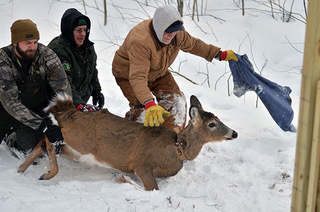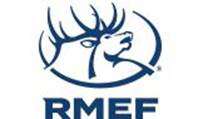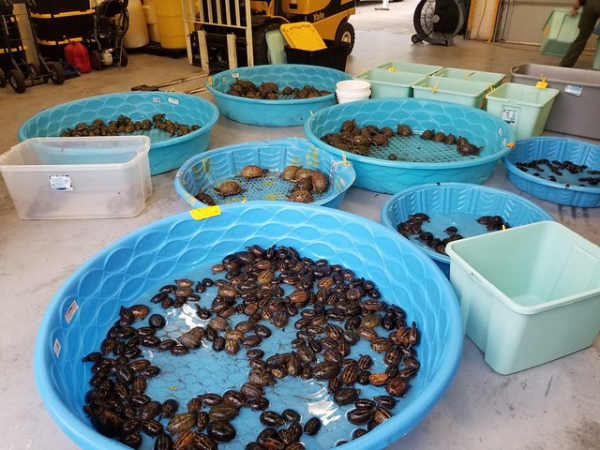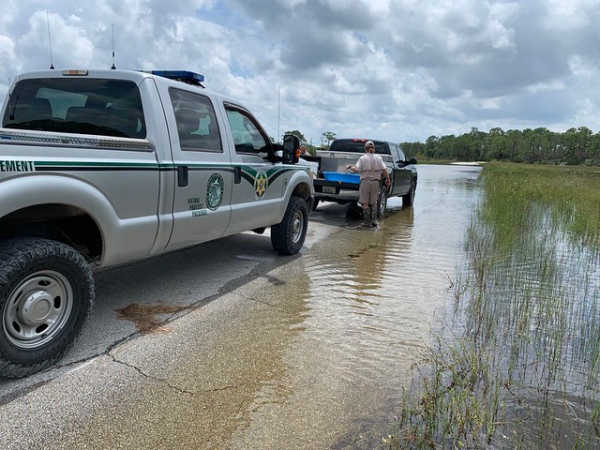The Florida Fish and Wildlife Conservation Commission (FWC) has charged two suspects for poaching thousands of Florida’s native turtles from the wild and selling them illegally in Florida, with final destinations in international markets. These charges represent the state’s largest seizure of turtles in recent history.
“The illegal trade of turtles is having a global impact on many turtle species and our ecosystems. We commend our law enforcement’s work to address the crisis of illegal wildlife trafficking,” said FWC Executive Director Eric Sutton.
“Putting a stop to this criminal enterprise is a significant win for conservation,” said Col. Curtis Brown, head of FWC’s Division of Law Enforcement. “Arresting people engaged in illegal wildlife trafficking supports our environment and legal businesses. It is especially positive and rewarding to be able to release many of the turtles back into the wild.”
“We know that the global black market in live animals includes traffickers smuggling protected species of turtles out of the United States, usually for export to the Asian pet market,” said Dr.Craig Stanford, Chairman of the International Union for the Conservation of Nature’s Tortoise and Freshwater Turtle Specialist Group. “This sinister and illegal trade threatens the future of many species of North American animals, and as one of the most threatened animal groups on the planet, turtles are at the forefront of our concern.”
The illegal commercialization of wildlife ranks fourth behind guns, drugs and human smuggling and, in many instances, is connected due to the monetary gain. The International Fund for Animal Welfare estimates illegal wildlife trade in the US at $19 billion annual income.
The FWC launched an undercover investigation after receiving a tip in February 2018. Through surveillance and other investigative tactics, FWC investigators determined that a ring of well-organized wildlife traffickers was illegally catching and selling wild turtles to large-scale reptile dealers and illegal distributors, who shipped most of them overseas on the black market. Michael Boesenberg (DOB 02/05/1980) of Fort Myers, directed individuals to illegally collect turtles in large numbers; once he had enough turtles on hand he would then sell to a buyer with links to Asian markets.
To fulfill a buyer’s request, these poachers targeted habitats known for the specific species. Over time, they depleted the populations so much that they had to expand into other parts of the state to meet the growing demand. The FWC predicts that turtle populations are most heavily impacted in Lee County, the primary source for the seized turtles, but that the suspects worked with other wildlife traffickers around the state and country. The total negative impacts to wild turtle populations stretch beyond Lee County and Florida.
“Wild turtle populations cannot sustain the level of harvest that took place here,” said Dr. Brooke Talley, the Reptile and Amphibian Conservation Coordinator for the FWC. “This will likely have consequences for the entire ecosystem and is a detriment for our citizens and future generations.”
Depending upon the species, the poached turtles sold wholesale for up to $300 each and retailed for as much as $10,000 each in Asia. Evidence indicated turtles sold within one month totaled an estimated $60,000. The sellers received mostly cash, occasionally trading turtles for marijuana products.
The FWC documented more than 4,000 turtles illegally taken and sold over a 6-month period, including Florida box turtles, Eastern box turtles, striped mud turtles, Florida mud turtles, chicken turtles, Florida softshell turtles, Gulf Coast spiny softshell turtles, spotted turtles and diamondback terrapins. As a result of a search warrant served on Aug. 12, investigators found the poachers in possession of hundreds of turtles, along with the skull and shell of a protected Kemp’s Ridley sea turtle. The turtles seized had an estimated black market value of $200,000.
All seized animals were evaluated for health and species identification by FWC biologists. Over 600 turtles were returned to the wild, two dozen were quarantined and released at a later date, and a handful were retained by a captive wildlife licensee since they were not native to the area. Nearly 300 of the freed turtles are now part of a long-term monitoring project by the Sanibel-Captiva Conservation Foundation.
“SCCF has been conducting research on these turtles for nearly two decades.Thanks to FWC for uncovering this illicit activity that has adversely affected wild turtle populations,” said Chris Lechowicz, Wildlife & Habitat Management Program Director at SCCF.
Selling wild-caught freshwater turtles is illegal and harvesting them from the wild is specifically regulated by Florida Administrative Code 68A-25.002 (6). Some turtle species may be kept as captive wildlife with the proper permits.
The public can help by reporting suspected wildlife violations to the FWC. To make a report, call the Wildlife Alert hotline at 888-404-FWCC (3922) or text Tip@MyFWC.com.
The suspects and their charges are as follows:
Michael Boesenberg (DOB 02/05/1980 of Fort Myers, FL):
- F.S.S. 812.019(2) – Dealing in stolen property as an organizer
- F.A.C. 68A-25.002 (6)(a)1 – 3 counts – Taking over the bag limit of turtles
- F.A.C. 68A-25.002 (6)(a) – Over the possession limit of box turtles
- F.A.C. 68A-25.002 (6)(c) – Sale and offer for sale turtle taken from the wild
- The enabling statute for these violations of F.A.C 68A-6 is F.S. 379.4015(2)(a)1.
- FAC 68A-6.004(4)(q)1(c) – 9 counts – Standard Caging Requirements for Captive Wildlife
- F.S.S 379.2431 – Possession of marine turtle parts
- F.A.C 68A-4.004(5) – Possession of black bear parts
- F.S.S. 893.13(6)(a) –Possess cannabis over 20 grams
- F.S.S. 893.13(1)(a)(2) –Possess with intent to sell/deliver
- F.S.S. 893.13(6)(a) –Possess controlled substance (THC oil)
Michael Clemons (DOB 09/05/1996 Fort Myers, FL):
- F.S.S. 812.019(1) –Dealing in stolen property
- F.A.C. 68A-25.002 (6)(a)1 –2 counts –Taking over the bag limit of turtles
- F.A.C. 68A-25.002 (6)(a) – Over the possession limit of box turtles
- F.A.C. 68A-25.002 (6)(c) – Sale and offer for sale turtle taken from the wild
- F.A.C. 68A-25.002(6)(b) – Transporting wild caught turtles without a permit


 By EMMA KUKUK
By EMMA KUKUK






 Join MI Birds and Audubon Great Lakes partners at Ottawa County Parks and Recreation, as we explore Ottawa Sands. Come learn about the upcoming restoration project that is in store for this beautiful property while we bird through woodlands and along an inland lake in search of some diving ducks, rare gulls and sparrows.
Join MI Birds and Audubon Great Lakes partners at Ottawa County Parks and Recreation, as we explore Ottawa Sands. Come learn about the upcoming restoration project that is in store for this beautiful property while we bird through woodlands and along an inland lake in search of some diving ducks, rare gulls and sparrows.  PHOENIX — For some, a dog or cat will do just fine. But for others who are considering adopting something uniquely Arizona, say hello to your next family member: a captive Sonoran desert tortoise.“Many people don’t even consider opening up their homes to desert tortoises, but they make fantastic and personable pets,” said Tegan Wolf, Arizona Game and Fish Department Desert Tortoise Adoption Program coordinator. “It’s rewarding to hear stories from those who have adopted a captive tortoise and made them part of the family because they’re a unique alternative to traditional family pets. They offer many of the same life lessons to children and can provide just as much companionship and personality as a dog or cat.”
PHOENIX — For some, a dog or cat will do just fine. But for others who are considering adopting something uniquely Arizona, say hello to your next family member: a captive Sonoran desert tortoise.“Many people don’t even consider opening up their homes to desert tortoises, but they make fantastic and personable pets,” said Tegan Wolf, Arizona Game and Fish Department Desert Tortoise Adoption Program coordinator. “It’s rewarding to hear stories from those who have adopted a captive tortoise and made them part of the family because they’re a unique alternative to traditional family pets. They offer many of the same life lessons to children and can provide just as much companionship and personality as a dog or cat.”